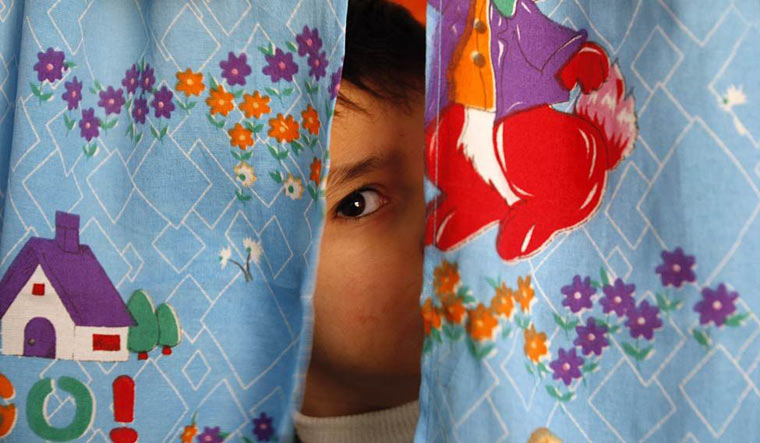A video game-based 'digital medicine' tool can help reduce symptoms in children with autism spectrum disorder (ASD) and attention/deficit-hyperactivity disorder (ADHD).
The study, published in the Journal of Autism and Developmental Disorders, confirmed the feasibility and safety of the tool called Project: EVO, which delivers sensory and motor stimuli through an action video game experience.
As many as 50 per cent of children with ASD have some ADHD symptoms, with roughly 30 per cent receiving a secondary diagnosis of ADHD.
However, since ADHD medications are less effective in children with both disorders than in those with only ADHD, researchers are exploring alternative treatments.
Children with ASD and ADHD symptoms are also at high risk for impaired "cognitive function," including the brain's ability to maintain attention and focus on goals while ignoring distractions.
As children reach school age and beyond, these cognitive impairments make it more difficult for them to set and achieve goals, as well as successfully navigate the demands of day-to-day life in the community.
"Our study showed that children engaged with the Project: EVO treatment for the recommended amount of time, and that parents and children reported high rates of satisfaction with the treatment," said Benjamin Yerys, a child psychologist at Children's Hospital of Philadelphia (CHOP) in the US.
"Based on the promising study results, we look forward to continuing to evaluate the potential for Project: EVO as a new treatment option for children with ASD and ADHD," said Yerys.
The study included 19 children aged 9-13 diagnosed with ASD and co-occurring ADHD symptoms. Participants in the study were given either the Project: EVO treatment, which is delivered via an action video game experience, or an educational activity involving pattern recognition.
Key secondary outcome measures were caregiver reports of ADHD symptoms and the ability of the child to plan and complete tasks, as well as a cognitive test battery assessing working memory.
The study found that children adhered to the treatment protocol by engaging with the treatment for 95 per cent or more of the recommended treatment sessions.
Both parents and children reported that the treatment had value for improving a child's ability to pay attention and served as a worthwhile approach for treatment.


